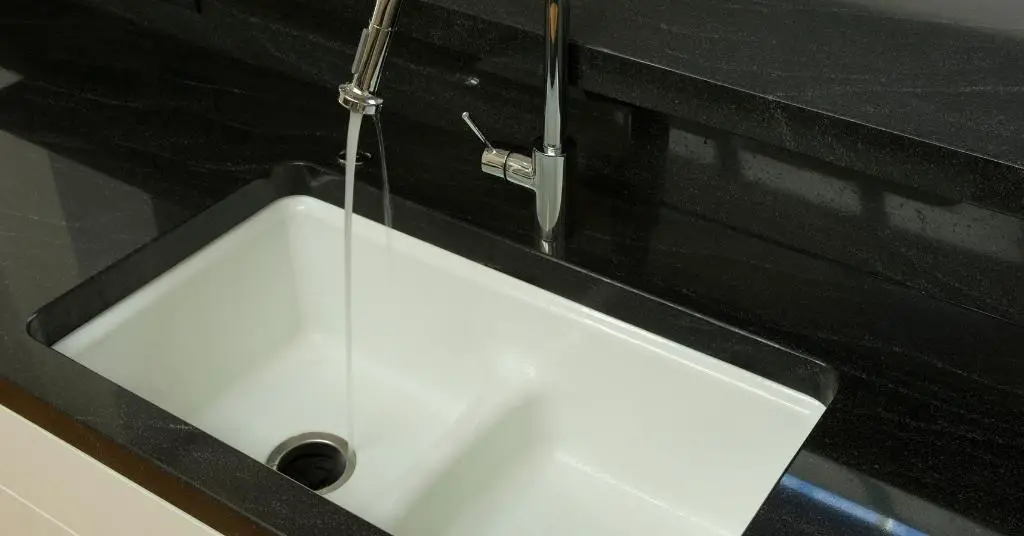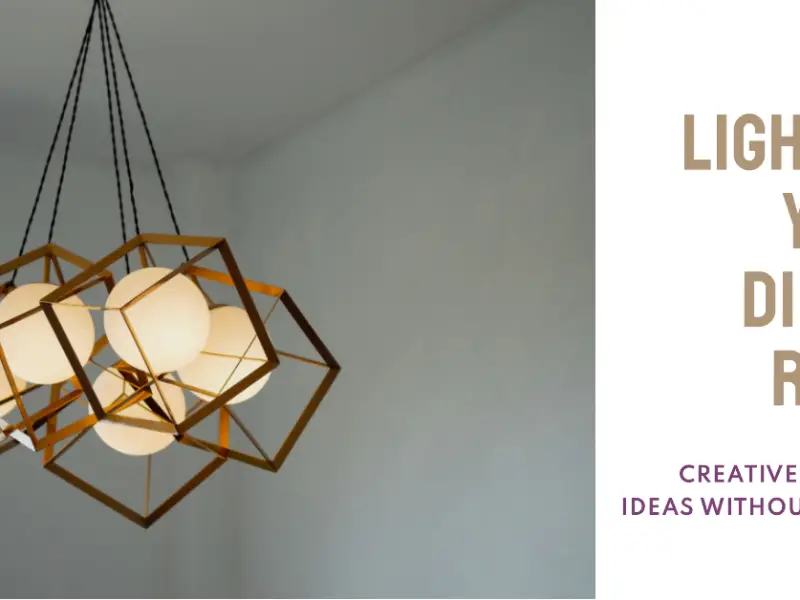I am a well-rounded expert with proficiency in several fields. My experience spans from being a dedicated chef and homemaker. As a passionate homesteader, I’ve honed my skills in sustainable living and animal care, ensuring a holistic approach to everything I undertake. Email me or Txt: (# removed due to spam, please email)
What makes kitchen sinks so special that they don’t require an overflow mechanism? It seems weird, Since your bathroom sink and tub all have overflowed. Is the kitchen sink some magical metal container that can hold water indefinitely without overflowing?
The answer, as it turns out, is no, your sink is not a magical pocket dimension. There are actually a few reasons and a few misconceptions about the modern kitchen sink.
Understanding the purpose of an overflow
The basic idea behind an overflow is to provide a place for water to go in the event that the main drain becomes blocked while the water is still running. It’s a safety feature that prevents flooding the house when you aren’t paying attention or something happens to you.
In some cases, it also helps speed up drainage by adding air into the system.
So why do kitchen sinks not have overflows?
There are quite a few reasons for this and one big misconception.
The first misunderstanding is kitchen sinks don’t have an overflow. Most actually do have an overflow, You just may have never noticed.
In North America, Most kitchen sinks are dual basins. The divider down the middle is shorter to allow the extra water to spill over to the second basin in the event of the sink beginning to overflow.
In most cases, Even if one basin has a plug inserted to stop water from draining, The second basin will not.
So in a way, most modern double basin sinks do have an overflow.
But what about single basin sinks?
The absence of an overflow in a single basin sink is due to the fact that there’s no real need for one.
Compared to a bathroom sink or tub, The kitchen sink is rarely used often enough to warrant the need for an overflow. And when it is used, It’s usually for tasks that don’t require a lot of water, Like washing hands or rinsing dishes.
And since most people don’t need to fill their kitchen sinks, there is no need to walk away as the water level rises.
What’s more, Many brands of kitchen sinks do have an overflow system attached for those who require it.
There are no code bylaws mandating that all kitchen sinks have an overflow
With a few exceptions, Most north American building codes do not require an overflow in a kitchen sink. The main reason for this is that they aren’t used often enough to warrant the need for one.
Bathroom sinks and tubs, on the other hand, are sometimes required by bylaw in many places to have an overflow due to the fact that they’re used more frequently and for tasks that require more water.
In the event that a bathroom sink or tub does overflow, The potential for serious damage is much higher than it would be for a kitchen sink.
This is why most experts agree that an overflow in a kitchen sink is not really necessary.
At the end of the day, it comes down to cost and aesthetics
When you are building a house or remodeling a kitchen, you are already spending a lot of money. So, adding an extra feature like an overflow to a kitchen sink might not be high on your priorities list.
With that said, it’s also much cheaper to produce a kitchen sink without an overflow feature. So, from a purely financial standpoint, it’s understandable why most kitchen sinks don’t have one.
And from a design standpoint, An overflow can actually detract from the look of a beautiful kitchen sink.
Overflow holes tend to be ugly and “gross” to look at. They can also be a pain to keep clean which could lead to sanitary issues.
So, in most cases, it simply comes down to cost and aesthetics when deciding whether or not to add an overflow to a kitchen sink. Some have them, Some don’t, and there isn’t really a right or wrong answer.
Do you have an overflow in your kitchen sink? Are you happy with it or do you wish you had one? Let us know in the comments below!




